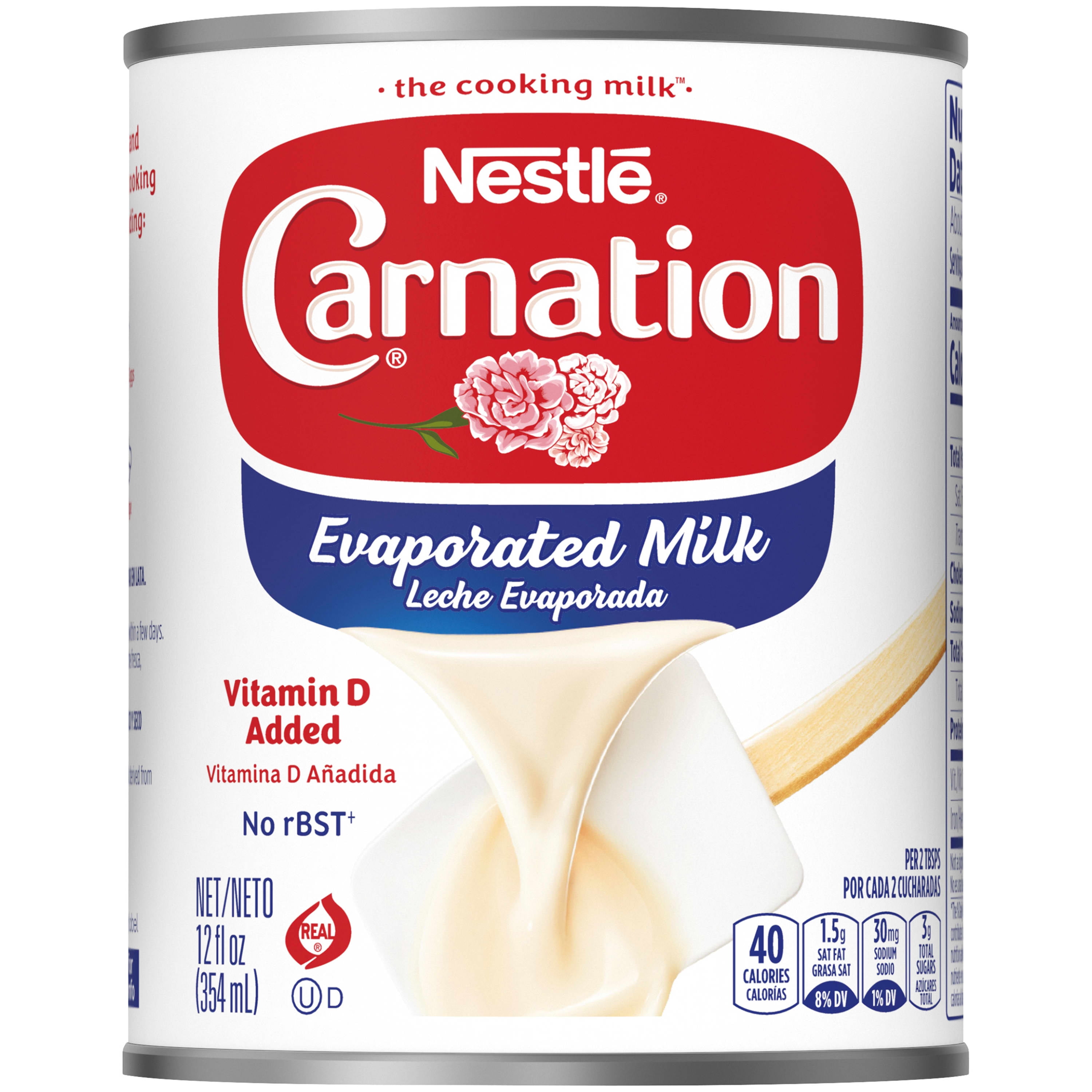



Furthermore, the specific vitamin D–responsive elements (VDREs), considered the hallmark of vitamin D action, are present in a large number of human genes involved in a wide range of classical and non-classical roles, such as the regulation of cell proliferation, cell differentiation, and apoptosis. VDRs are found fairly ubiquitously throughout the body in tissues not involved with calcium and phosphate homeostasis, and the presence of VDRs in these tissues implies that calcitriol may play a more general role or that ligands other than calcitriol can activate the VDR. Non-classical functions are less well elucidated. These actions take the form of the regulation of serum calcium and phosphate homeostasis and, in turn, the development and maintenance of bone health ( DeLuca, 1988 Reichel et al., 1989 Jones et al., 1998). The classical actions of vitamin D-which by itself is inactive-are due to the functions of the active metabolite, calcitriol. Additional hydroxylation reactions, such as that mediated by CYP24A1, as shown in Figure 3-1, result in more polar metabolites with greatly reduced or no apparent biological activity. The biological actions of calcitriol, involve regulation of gene expression at the transcriptional level, and are mediated through binding to a vitamin D receptor ( VDR), located primarily in the nuclei of target cells ( Jones et al., 1998 Jurutka et al., 2001). Following its synthesis in the kidney, calcitriol binds to DBP to be transported to target organs. Low serum phosphorus levels stimulate calcitriol synthesis, whereas high serum phosphorus levels inhibit it.

The renal synthesis of calcitriol is tightly regulated by two counter-acting hormones, with up-regulation via parathyroid hormone ( PTH) and down-regulation via fibroblast-like growth factor-23 ( FGF23) ( Galitzer et al., 2008 Bergwitz and Juppner, 2010). Overview of vitamin D synthesis, intake, and activation. DBP also transports vitamin D and calcitriol. 25OHD, the precursor of calcitriol, is the major circulating form of vitamin D it circulates bound to a specific plasma carrier protein, vitamin D binding protein ( DBP). The 1α-hydroxylase gene is also expressed in several extra-renal tissues, but its contribution to calcitriol formation in these tissues is unknown. The second reaction takes place in the kidney, mediated by 1α-hydroxylase (CYP27B1), which converts 25OHD to the biologically active hormone, calcitriol ( 1,25-dihydroxyvitamin D). The first takes place in the liver, mediated by the 25-hydroxylase (most likely cytochrome P450 2R1 ) which forms 25-hydroxyvitamin D (hereafter referred to as 25OHD). Vitamin D, in either the D 2 or D 3 form, is considered biologically inactive until it undergoes two enzymatic hydroxylation reactions. The activation steps involved in converting vitamin D from the diet and cutaneous synthesis are illustrated in Figure 3-1. Experimental animal studies have indicated that vitamin D 2 is less toxic than vitamin D 3, but this has not been demonstrated in humans. When activated, the D 2 and D 3 forms have been reported to exhibit identical responses in the body, and the potency related to the ability to cure vitamin D–deficiency rickets is the same ( Fieser and Fieser, 1959 Jones et al., 1998 Jurutka et al., 2001). The differences do not affect metabolism (i.e., activation), and both forms function as prohormones. The D 2 and D 3 forms differ only in their side chain structure. Both vitamin D 3 and vitamin D 2 are synthesized commercially and found in dietary supplements or fortified foods.
#Big rich town producer vitamin d skin#
Vitamin D 2 (ergocalciferol) is largely human-made and added to foods, whereas vitamin D 3 (cholecalciferol) is synthesized in the skin of humans from 7-dehydrocholesterol and is also consumed in the diet via the intake of animal-based foods. The two major forms are vitamin D 2 and vitamin D 3. Vitamin D, also known as calciferol, comprises a group of fat-soluble seco-sterols. These dual sources of vitamin D make it challenging to develop dietary reference intake values. A unique aspect of vitamin D as a nutrient is that it can be synthesized by the human body through the action of sunlight. Vitamin D, first identified as a vitamin early in the 20th century, is now recognized as a prohormone.


 0 kommentar(er)
0 kommentar(er)
